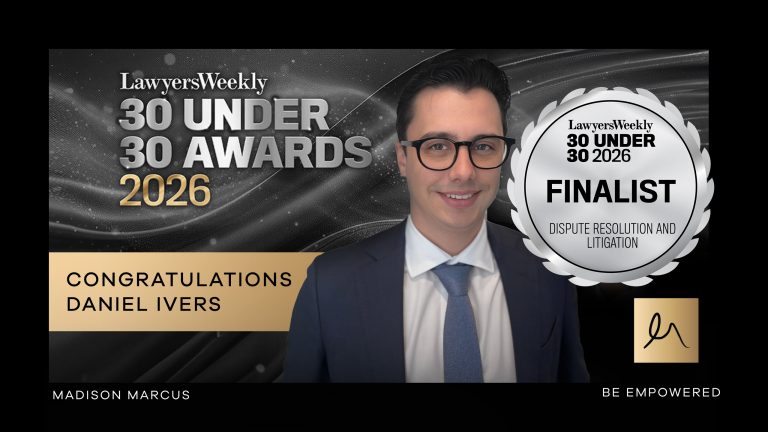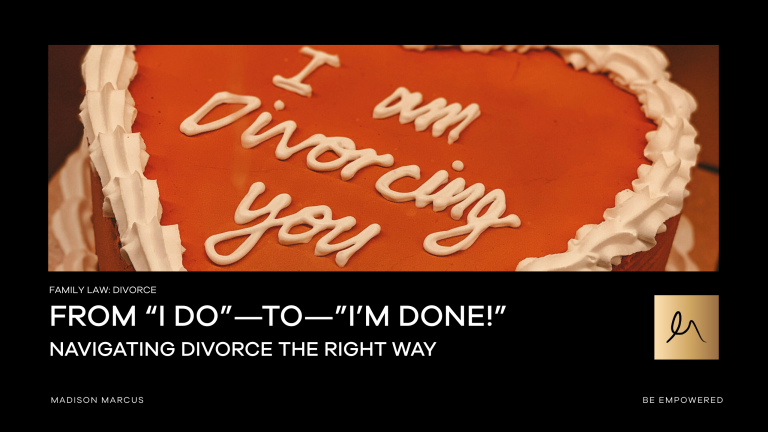The recent decision of the NSW Supreme Court in NSW Mobile Fleet Services Pty Ltd v Max Mobile and Detailing Pty Ltd (NSW Mobile Fleet Services) reminds practitioners of the Harman undertaking, an implied obligation not often positioned at the forefront of courtroom discourse,[1] and reiterates the considerations used by the Court to delineate the boundaries for what constitutes an “ulterior purpose” with regard to the use of documents beyond their produced purpose in connection with the relevant Court proceeding.
The Harman undertaking is an implied undertaking to the Court given by parties and legal representatives who obtain material in the course of proceedings (including but not limited to statements, affidavits, and subpoenaed materials), to not use that material in unrelated proceedings or for a collateral or ulterior purpose,[2] where:
- The materials were produced under compulsion; and
- The materials have not entered the public domain or have not yet been read in open Court.
Striking the balance; the undertaking’s role in the absence of an absolute right to privacy.
As expressed by Lord Denning in Riddick v Thames Board Mills Ltd,[3] the rationale behind the undertaking derives from notions of privacy and confidence, which “demand” that the Court’s powers to compel document production “should not be pressed further than the course of justice requires.”
The balance pointed to by Lord Denning represents an inroad to a tripartite contention that permeates the rules of evidence in an adversarial system between:
- The desire to encourage the full and frank admission of the relevant evidence in a given proceeding;
- The desire for the publication and exposure of information that is pertinent to the public interest; and
- The need to uphold privileges for parties and non-parties alike within litigation where, in the words of his Honour Spigelman AC, the truth can at times “cost too much” due to the need to maintain social constructs of trust and confidentiality in the arena of discourse surrounding notions of open justice.[4]
The limits of discretion; when can a release from the obligation arise?
A release must be sought from the Court in which the undertaking is given, even if the individual who has produced the material has provided informed consent for its external use.[5] That is because the undertaking is one provided to the Court and only the Court has the power to release a party from it.
A trend of reservation toward granting leave for a special circumstance was demonstrated in NSW Mobile Fleet Services, where his Honour Campbell J’s reasoning leant on an established body of precedent regarding what falls within a collateral or ulterior purpose in denying an application for the disclosure of two emails obtained under subpoenas to the Independent Commission Against Corruption.
The Court conceded that investigating the author of the emails’ alleged misuse of public office for conspiracy could prima facie amount to a “special circumstance” in recognising public interest in such breaches. However, key considerations established by Wilcox J in Springfield Nominees were drawn upon by Campbell J to centre his reasoning on the proportionality between the contents of a document and the collateral purpose at hand when refusing leave,[6] namely:
- The prejudice the author may incur if the applicant were released from the undertaking. In this case, Campbell J considered the potential for endangerment upon the author’s employment and the institution of criminal proceedings for corruption which could derive from disclosure;
- Whether the document pre-existed the litigation. His Honour paid heed to the fact that the emails were not created for the litigation, and thus it was unlikely it was contemplated by the author or recipient that they would enter the public domain; and
- The contribution the document would provide in achieving justice for the purpose the applicant was seeking to use it. His Honour was not satisfied that the strength of a suspicion as to the breach of public trust, which could actually be drawn from the contents of the emails could justify the use of the emails external to the proceedings.
KNOW YOUR OBLIGATIONS
It is important to note here that the undertaking operates subordinately where a statutory provision calls for the disclosure of documents to a third party.[7] However, the undertaking is implied in that it arises automatically as a condition of discovery upon a party’s receipt of materials and therefore applies even if the individual is unaware of the existence of the obligation. A breach of the undertaking may therefore be treated as contempt of the Court to which the obligation is owed. Along with this, the following associated outcomes can arise:
- a claim being struck out where the claim relies on documents obtained through a breach pursuant to reg 21.7 of the Uniform Civil Procedure Rules (NSW); and
- reputational impacts for practitioners should they be required to respond to serious allegations of wrongdoing, the possibility for a complaint made to the Office of the Legal Services Commissioner, and associated costs in obtaining declarations to quell the breach (if a breach has not occurred),
As the operation of the obligation may not be completely understood by parties who are less accustomed to litigation, a prudent legal representative will advocate for their client’s best interests by:
- Advising on how materials that fall under the undertaking’s scope are to be handled;
- Clarifying how documents came into the possession of a given client; and
- Managing subsequent expectations by emphasising the at times narrow discretion afforded to “special circumstances” for a release from the obligation.
It is therefore fundamental that all parties and their legal representatives understand their rights and obligations which arise from the implied Harman Undertaking in connection with all Court proceedings to ensure (1) they abide by the undertaking and (2) that other parties and their legal representatives also abide by the undertaking so as to ensure the material produced by compulsion of Court orders in connection with a Court proceeding is not compromised or used for a collateral or ulterior purpose.
[2] Hearne v Street (2008) 235 CLR 125.
[3] [1977] QB 88.
[5] Hamersley Iron Pty Ltd v Lovell (1998) 19 WAR 316 at 321.
[6] Springfield Nominees Pty Ltd v Bridgelands Securities Pty Ltd (1992) 38 FCR 217.
[7] Esso Australia Resources Ltd v Plowman (1995) 128 ALR 391.






